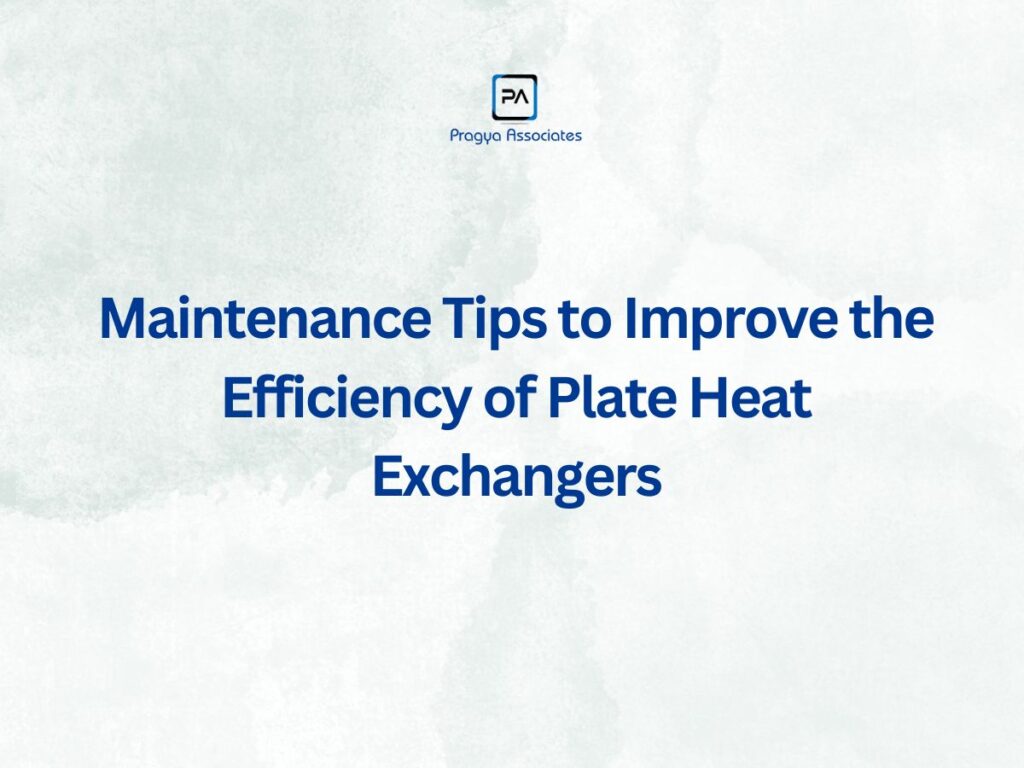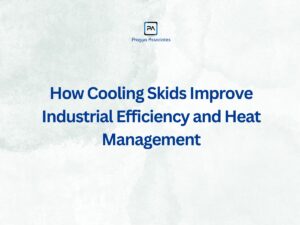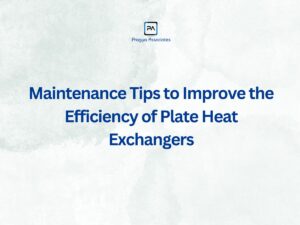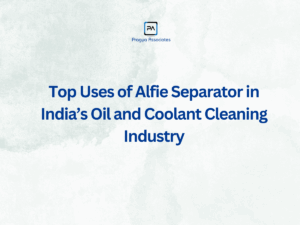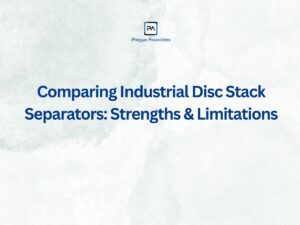Running industrial equipment can be tough. There’s always something that needs attention, right? And if you are using a plate heat exchanger, you know how crucial it is to keep it working smoothly.
These machines are the backbone of many industries. They transfer heat efficiently and help save energy. But like anything mechanical, they need regular care. Without proper maintenance, even the best Plate Heat Exchanger India systems can lose their efficiency over time.
The good news? You don’t need to be a technical wizard to maintain your equipment. A few simple steps can go a long way in keeping things running perfectly.
Let’s talk about some practical maintenance tips that actually work.
Why Bother with Maintenance?
I get it. Maintenance feels like extra work when everything seems fine. But here’s the reality: small problems grow into big ones when ignored.
A well-maintained heat exchanger uses less energy, lasts longer, and saves you from costly repairs. Plus, it keeps your production line running without unexpected shutdowns.
Think of it as an investment. Spend a little time now, save a lot of headaches later.
1. Watch Your Pressure Levels
Pressure drop is one of the first signs that something is wrong. If you notice a sudden change, don’t brush it off.
It could mean there’s dirt building up inside, or maybe there’s a blockage somewhere. Sometimes it’s a sign of a leak.
Make checking pressure gauges part of your routine. It takes just a few minutes and can help you catch problems before they get serious.
2. Keep Those Plates Clean
This is probably the most important tip on this list. Over time, scale, dirt, and other gunk stick to the plates inside your heat exchanger. This buildup stops heat from transferring properly.
Your system starts working harder to do the same job. That means higher energy bills and lower performance.
How often should you clean? That depends on what you’re using it for. If you’re working with hard water or chemicals, you might need to clean more often.
Chemical cleaning works great for most situations. For stubborn buildup, mechanical cleaning might be necessary. Just use the method that’s right for your equipment.
3. Hunt for Leaks Regularly
Leaks are sneaky. They start small and get worse over time. Most leaks happen because gaskets wear out or plates shift out of alignment.
Make it a habit to walk around your equipment and look for any wet spots or drips. Check the floor underneath, too.
Caught a leak? Fix it immediately. What seems like a small drip today could turn into a major leak tomorrow, costing you time and money.
4. Don't Ignore the Gaskets
Gaskets might be small, but they do a big job. They seal everything tight and keep fluids from mixing or leaking out.
But gaskets don’t last forever. Heat, chemicals, and regular use take their toll. They can crack, shrink, or become brittle.
Check your gaskets during every maintenance session. Look for any signs of wear. If they look damaged, replace them right away.
Using quality gaskets makes a difference. At Pragya Associates, we always recommend investing in good parts. They last longer and work better.
5. Monitor Temperature Closely
Every heat exchanger has an ideal temperature range. Going above or below that range puts stress on the whole system.
If temperatures are running higher than usual, something’s blocking the heat transfer. If they’re too low, the system isn’t working efficiently.
Keep an eye on your temperature gauges. Unusual readings are your equipment’s way of telling you something needs attention.
6. Use the Right Fluids
This sounds obvious, but it’s worth mentioning. Not all fluids work the same way. Some can cause corrosion, others leave behind deposits.
Always follow the manufacturer’s guidelines about what fluids to use. If you’re dealing with hard water, consider using water treatment to reduce scaling.
Using the wrong fluid can damage your equipment faster than you’d think.
7. Get Professional Help Sometimes
You can handle a lot of maintenance yourself. But now and then, it’s smart to bring in the professionals.
Expert technicians can do deep inspections and cleaning. They have specialized tools and can spot issues you might miss.
Think of it like going to the doctor for a checkup. Most days you’re fine on your own, but professional advice helps keep everything in top shape.
Pragya Associates offers professional maintenance services that can help extend the life of your equipment and keep it running at peak efficiency.
8. Stock Up on Spare Parts
Nothing’s worse than a breakdown when you don’t have the parts to fix it. You’re stuck waiting for deliveries while your production sits idle.
Keep essential spare parts on hand. Gaskets, bolts, seals — the things that wear out regularly. This way, you can handle minor repairs quickly and get back to work.
Conclusion
Maintaining your plate heat exchanger doesn’t have to be complicated. It’s really about staying consistent and paying attention.
Clean regularly, check for leaks, replace worn parts, and monitor your system. These simple habits can save you thousands in energy costs and repairs.
If you’re looking for reliable equipment or need expert support, Pragya Associates is here to help. We understand the challenges you face and offer solutions that work for real-world conditions.
Remember, good maintenance isn’t just about keeping equipment running. It’s about running it efficiently, safely, and profitably. Your business deserves that.

